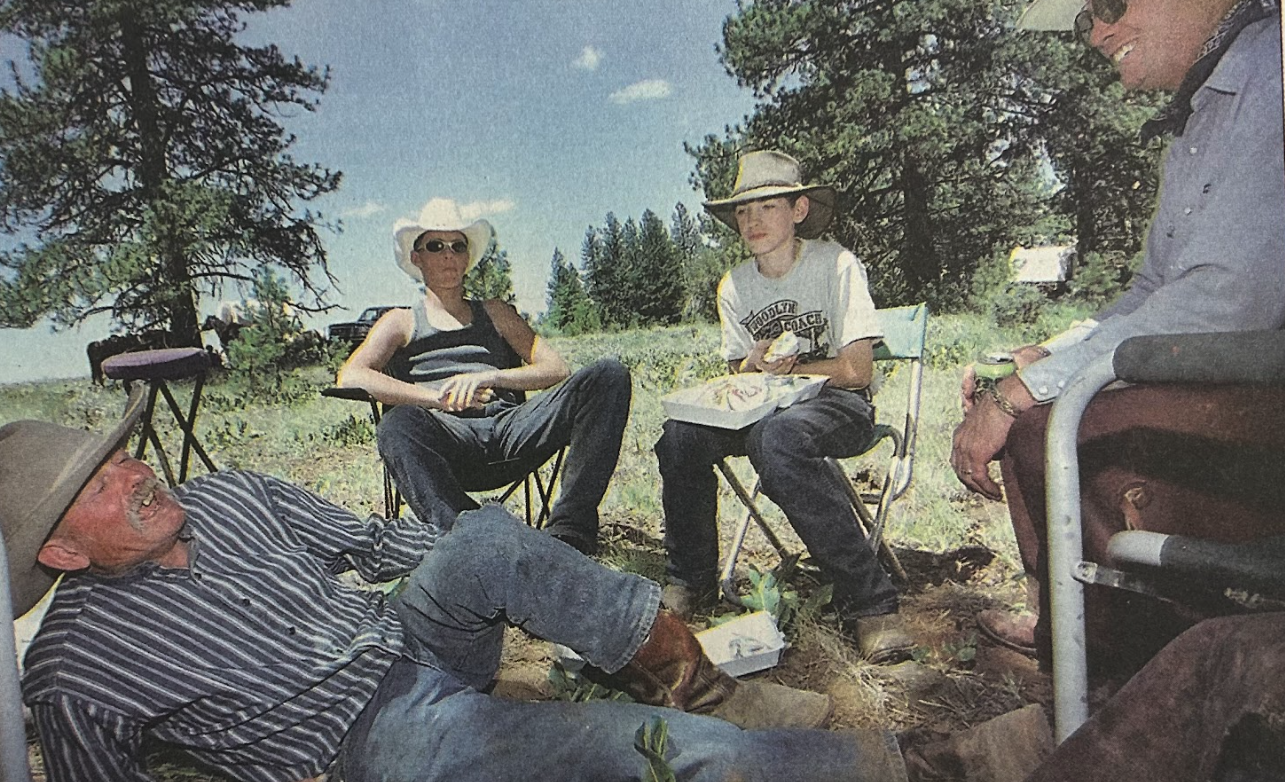Oregon has a COVID-19 medical advisory panel. What does it do?
Published 9:00 am Tuesday, April 28, 2020

- Dr. Bruce Goldberg speaks during a Cover Oregon board meeting in Portland in 2014. Goldberg, along with seven other individuals, is a member of Gov. Kate Brown's COVID-19 Medical Advisory Panel. The members come from urban and rural Oregon and represent front-line health providers, hospitals, academia and government.
SALEM — When Dr. Bruce Goldberg encountered a difficult case as a family physician, he would gather a bunch of smart consultants in the room for their advice on how to help the patient.
That, he said, is what Gov. Kate Brown has done in creating her COVID-19 Medical Advisory Panel. She credited the panel with helping her decision last week to let hospitals, clinics and other health providers resume non-urgent medical procedures on May 1 under certain guidelines.
Brown first convened the panel on April 7. It has been meeting by Zoom videoconference two or three times a week. Goldberg and the other seven members come from urban and rural Oregon and represent front-line health providers, hospitals, academia and government.
“She charged us with helping the state and her identify blind spots that we would all need to be aware of as we face this pandemic together, and also developing strategies for how to battle this pandemic,“ said Goldberg, a former head of the Oregon Health Authority and now a professor of health policy.
Goldberg said there is consensus in Oregon and nationally on the critical steps in fighting COVID-19 while awaiting development of an effective vaccine: personal protective equipment for front-line workers, testing people for the coronavirus, adequate health care resources and social distancing and other measures.
But each state is different. Oregon is more rural than many states. As far as big cities, Goldberg said, “Portland as a metropolitan area is really different from New York City in that we don’t have the type of crowded mass transit systems. We don’t have the plethora of tall high-rises and people living in really tight quarters.
“I think every community is different and has to be looked at through that lens,” he said.
Because COVID-19 is a new disease, scientists, health care providers and policymakers worldwide learn more about its symptoms, spread and treatment every day. During the medical advisory panel’s meetings, members discuss the latest data and other information, provide perspectives from front-line health workers and offer input on policies.
Dr. Dana Hargunani, chief medical officer for the Oregon Health Authority, said: “It’s in part topics that are brought forward for input. And it’s in part, what are the hot topics that the group is hearing from the front lines and in the rest of the community that we may not be thinking about on a state level, and how do we make sure we think about and respond to those?”
That came into play in discussing whether non-urgent medical and dental procedures should resume.
“If we relax the policy, then how can that be instituted in the hospitals and what does that mean for some of the other impacts like PPE (personal protective equipment) and staffing and allowing people to travel outside their homes, which relates back to policy,” said Dr. Renee Edwards, chief medical officer at Oregon Health & Science University. “We are an advisory panel. Her team listens, collates our thoughts, clarifies things but ultimate authority absolutely is with the governor.”
As of Monday, nearly 52,000 Oregonians had been tested for the novel coronavirus. One focus for the advisory panel is how to expand testing and then trace those who have come in contact with the infected individuals.
“How do we understand the community prevalence? How do we understand how when one person gets sick, how many more people they might spread it to, so that we can get a better handle on our contact tracing, which then helps us contain the disease spread?” Edwards said. “Those are some of the big topics.”
Oregon’s social distancing and other restrictions have held down the rate of transmission compared with many states, but Edwards said COVID-19 will be with us for a long time, so a balance must be found between protecting public health and resuming public life.
“We have to get to a place where we relieve some of the restrictions such that our economy can function and we can all function all as a society,” she said. “But we have to realize that when we relieve some of those restrictions, that’s going to result in some increasing spread of the infection, which is going to mean some people getting sick and even some people dying.”
Dr. Bob Dannenhoffer, the public health officer in Douglas County, said Brown has given Oregonians the appropriate directions: Stay home if you possibly can, and definitely if you are sick. Maintain social distances to avoid transmission of the virus. Wash your hands frequently.
And pay attention to your mental health.
“This is a tough, tough time. This is a health crisis, an economic crisis and a social crisis,” he said. “Sleep well, do fun things, get some exercise and don’t worry about stuff that really doesn’t make a difference.
“If you have an extra ice cream tonight, don’t worry about it.”






